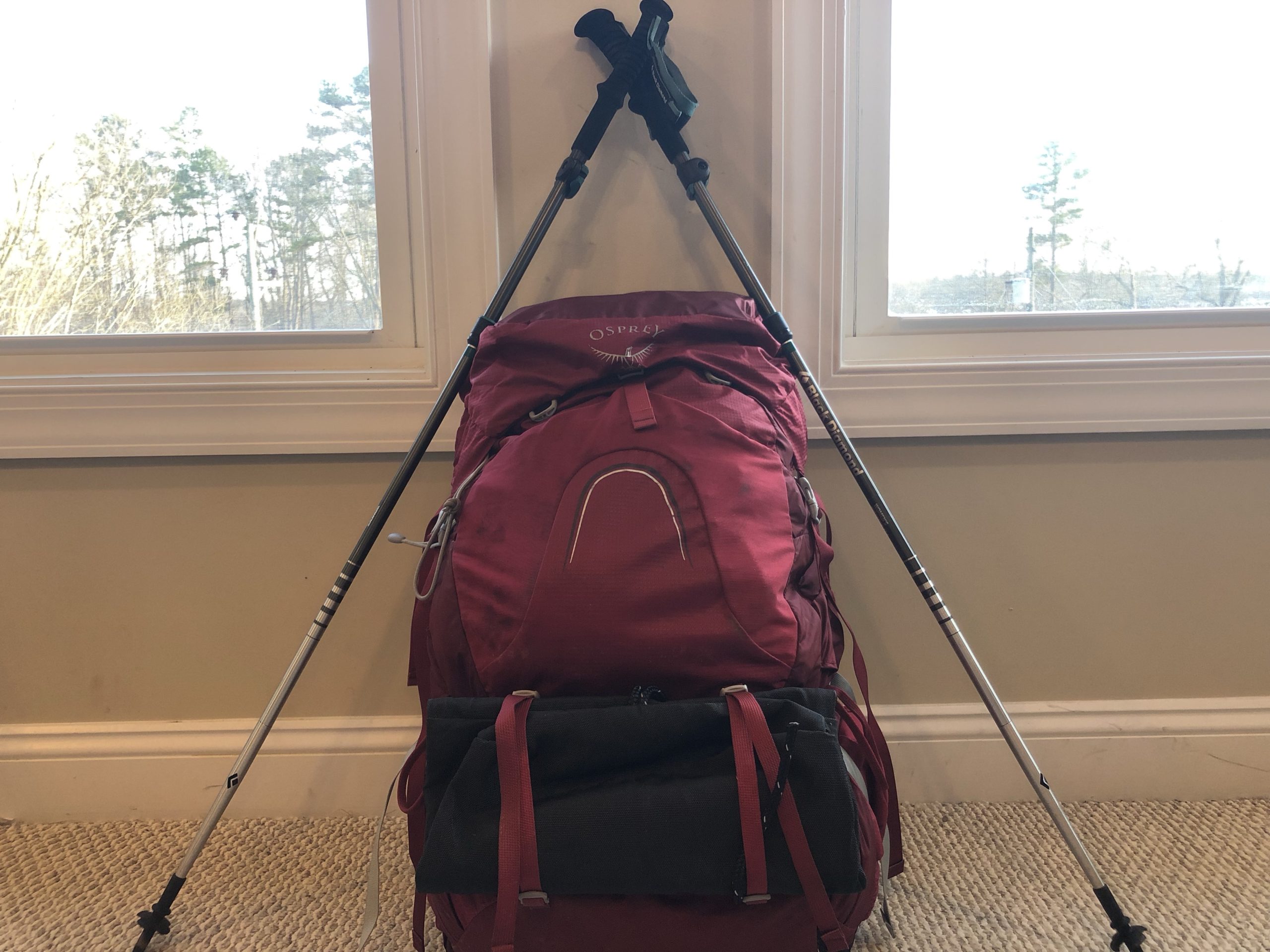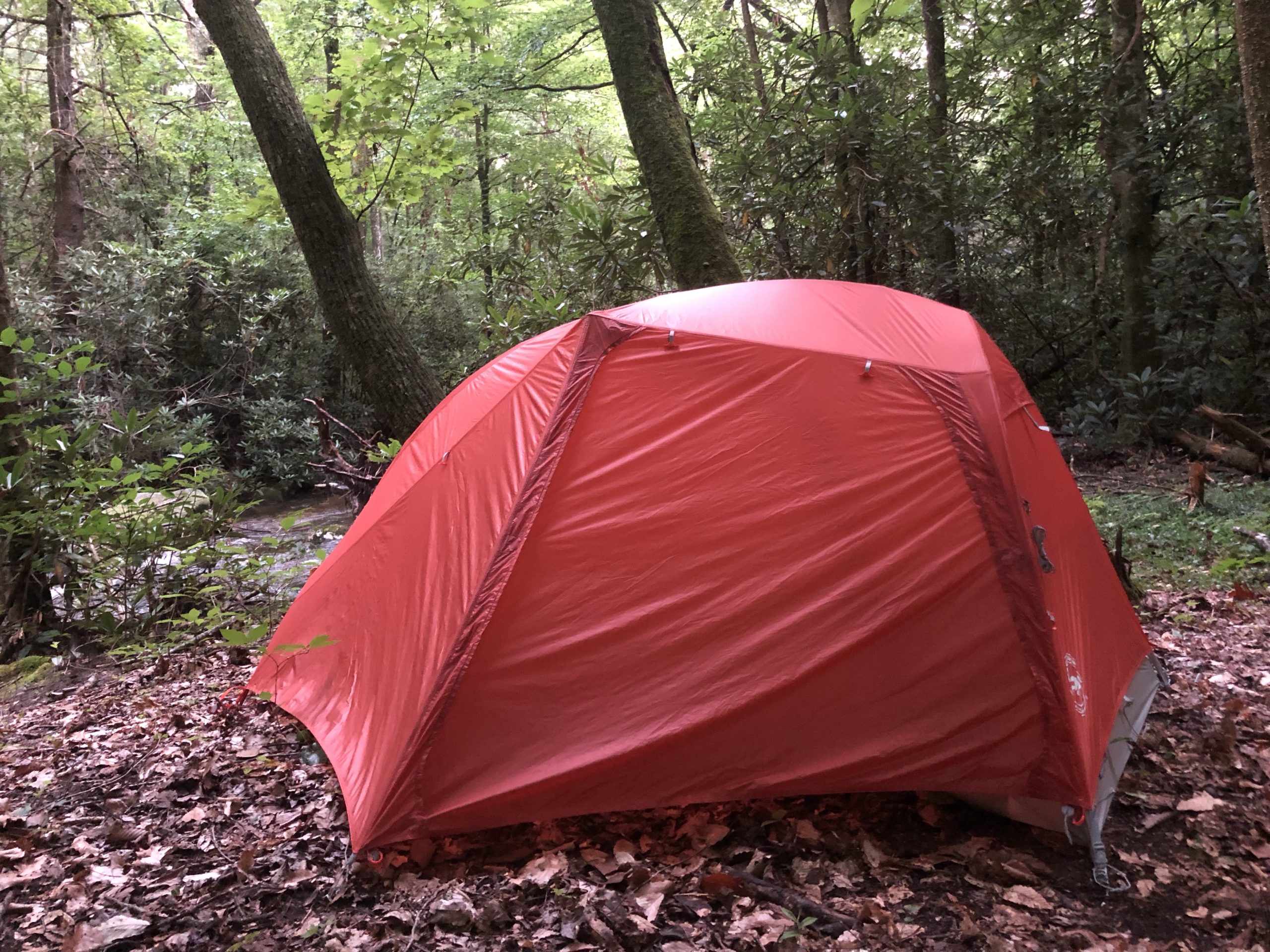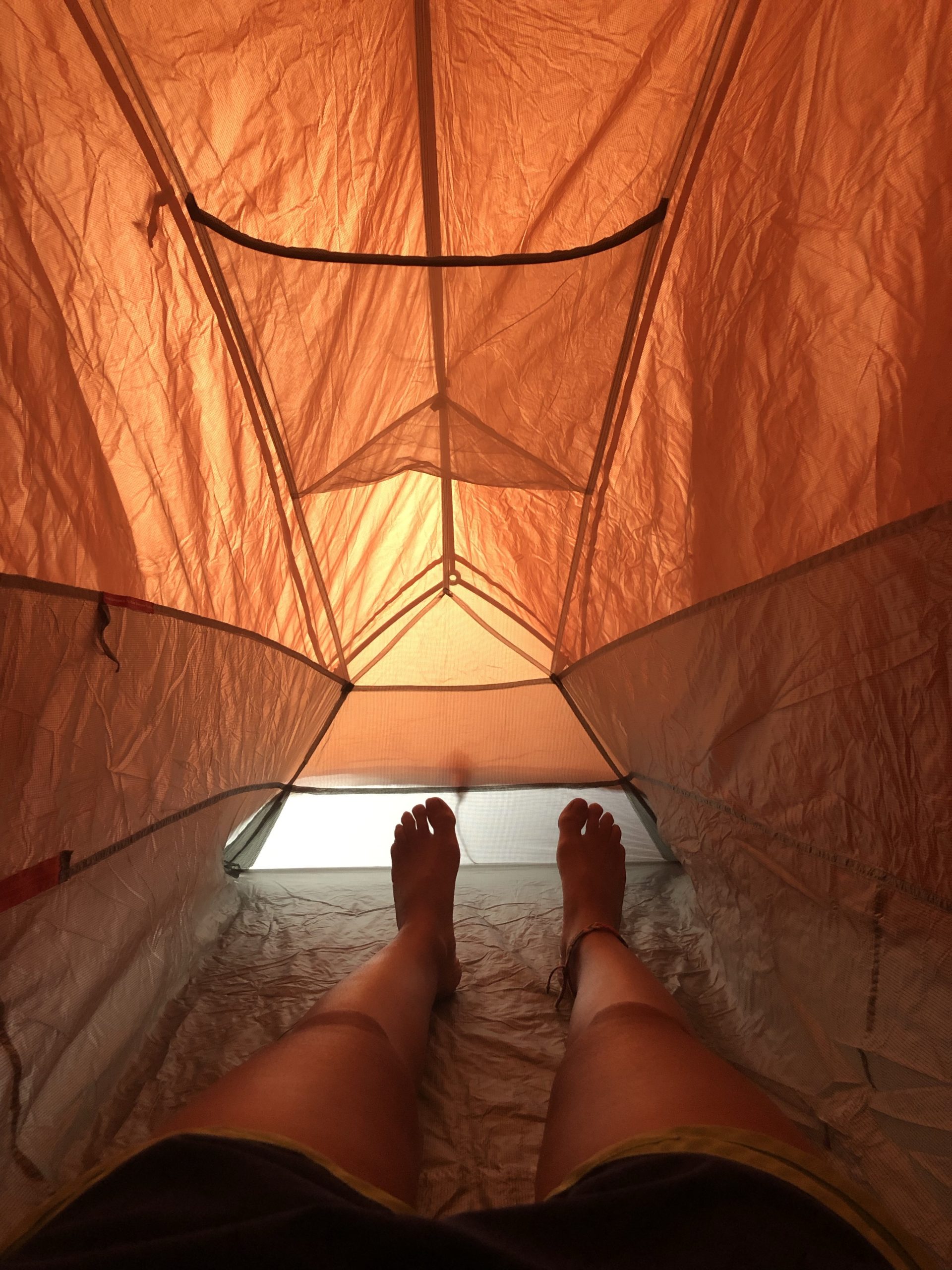My Take on the Big Three
After months of researching, buying, returning, and more researching, I finally have all of my gear! Even after all the work I’ve put into it, my gear list probably still isn’t perfect. But this is what I’m starting off with, and if/when it changes throughout my hike, I’ll update you with what changed and why. A lot of this I’ve taken on shake-down hikes and know I love, but some things may still need tweaking. In this post, I’ll run through the considerations I took while choosing my biggest gear items. For a complete breakdown of my gear, check me out on Hikerlink.
Helpful Tools
Besides my personal experience, the most helpful resource I used when choosing my Big Three was actually this website. At the beginning of every year, The Trek publishes articles about the best options (brands/models) for various gear categories for that year. And then, at the end of every year, they survey that year’s thru-hiking class to see what gear they carried, and then publish articles breaking down the results. The latter are the most helpful in my opinion, as they often have charts showing the number of thru-hikers that chose a particular type/size/etc. of the gear discussed in that particular article. For example, there are always charts showing the distribution of degree of sleeping bag people carried, backpack capacity, tent sleepers vs. hammock sleepers, and more.
I also did a lot of research on REI’s website, as well as other random sites, while choosing my gear. I kept a slightly chaotic spreadsheet to compare all the possibilities, as well as track which gear I bought, needed to buy, and still needed to research. Thankfully, my “Things to Figure Out” tab is now empty, and my “Gear List” tab is completely filled out. Now on to what it’s filled with.
Backpack: Osprey Aura AG 65L
I absolutely love my backpack. It’s so comfortable, fits everything I need, doesn’t rub or pinch anywhere. I probably could’ve gotten away with the 50L and saved myself a little weight, but I have carried this pack on many trips and as I said, I love it. I’ve never struggled with it weighing too much, and I love not having to stuff everything as absolutely tiny as it can get in order to fit. So maybe I got the right capacity for me, and I’ll be fine. As with everything else, we’ll see.
The best advice I can give when picking out a backpack, is to go to REI and ask an employee to help you try some on. They’ll adjust the packs to the right size for your torso, and then load it with weighted bean bags so you can walk around the store and see what’s great or what’s terrible. I tried on 3 different packs, and the Osprey was the only one that didn’t pinch or rub.
Tent: Big Agnes Copper Spur HV UL 1
Choosing my tent was one of the easier gear decisions I made. I knew I wanted a 1-man tent because, while some solo hikers opt for a 2-man to have the extra space, I’m so small that the 1-man is the perfect amount of space for me. I can fully stretch out in the tent, and still have room for my backpack at my feet.
Also, I knew that I did not want a non-freestanding tent, because while they are significantly lighter, my research showed that they are not as good at protecting you from the elements. They also sounded a little more difficult to set up, but that could just be due to my inexperience with non-freestanding tents.
After comparing weights and reviews, I went with the Copper Spur and, after a few trips with it, it feels like home. It’s the perfect amount of weight, takes me about a minute to set up, and is not absurdly heavy. I’ve been rained on a couple of times, and it’s always kept me nice and dry.
Sleeping System
Sleeping Bag: REI Magma 15
I debated between down and synthetic for a long time, but finally decided on down due to it’s lighter weight, greater ability to compact, and higher insulation power. The only negative is that down loses it’s ability to insulate when wet, but I’ll do everything I can to keep it dry.
The other factor I considered was temperature rating. I decided on a 15º bag based almost solely on The Trek’s thru-hiker survey on sleeping bags from 2019. Hopefully it won’t drop much below that while I’m hiking, as I’m pretty sure my body doesn’t know how to produce body heat.
Sleeping Pad: Therm-a-Rest Neoair Xlite
This, along with rain gear, was the gear decision I dreaded the most. I dreaded rain gear because, no matter how great your rain jacket is, you’re still going to get wet if it rains hard enough (and in the Southeast, it usually does). I’m really not sure why I dreaded choosing my sleeping pad so much, because once I started researching, it wasn’t so terrible.
After looking at the The Trek’s articles on sleeping pads from past years, I looked up the specs of them all on REI, and then chose the warmest and the lightest. The Neoair sleeping pad has an R-value of 5.4, and on cold nights I can literally feel the heat radiating off the pad and back onto me. The only downside is that, with so much insulation, it can be a little crinkly. I’ve never had it keep me up though, and I’m a light sleeper. Another plus to this sleeping pad is that when it’s rolled up, it’s about the size of a Nalgene water bottle, so super compactible.
So those are all the biggest items I will be carrying to Maine. If you’re interested in the rest of the things I’ll be carrying, check out my profile on Hikerlink. If you have any questions/advice about my gear, let me know in the comments!
This website contains affiliate links, which means The Trek may receive a percentage of any product or service you purchase using the links in the articles or advertisements. The buyer pays the same price as they would otherwise, and your purchase helps to support The Trek's ongoing goal to serve you quality backpacking advice and information. Thanks for your support!
To learn more, please visit the About This Site page.

 ">
">





